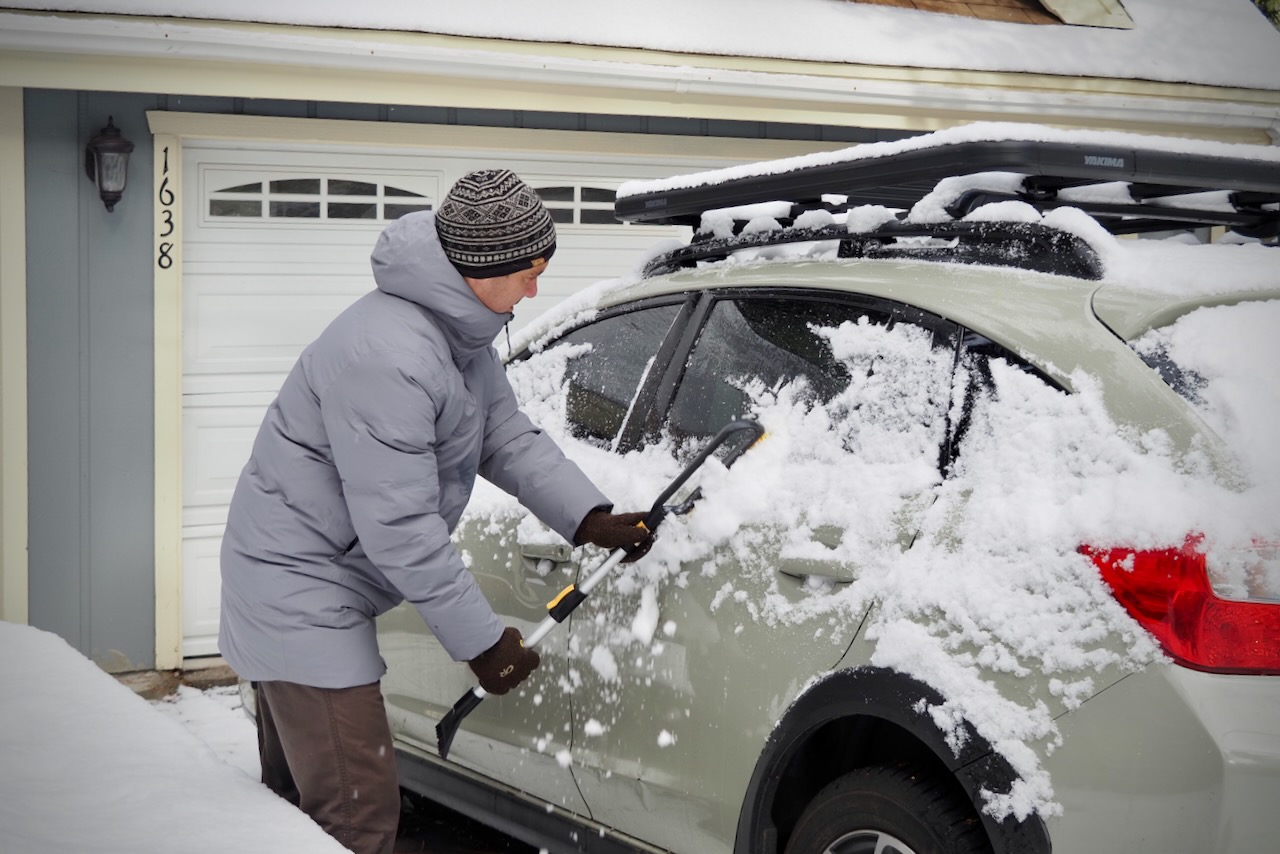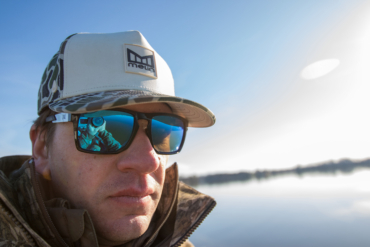Gear and good judgment can keep the inevitable winter cold at bay. Use these tips to keep warm in cold weather.
Little issues can escalate quickly when it’s cold. But staying warm can be a very personal challenge. For a skier with perpetually frigid fingers, warm gloves are the most essential item. For a winter hiker, keeping chill-inducing sweat from forming between the back and the backpack is the No. 1 concern.
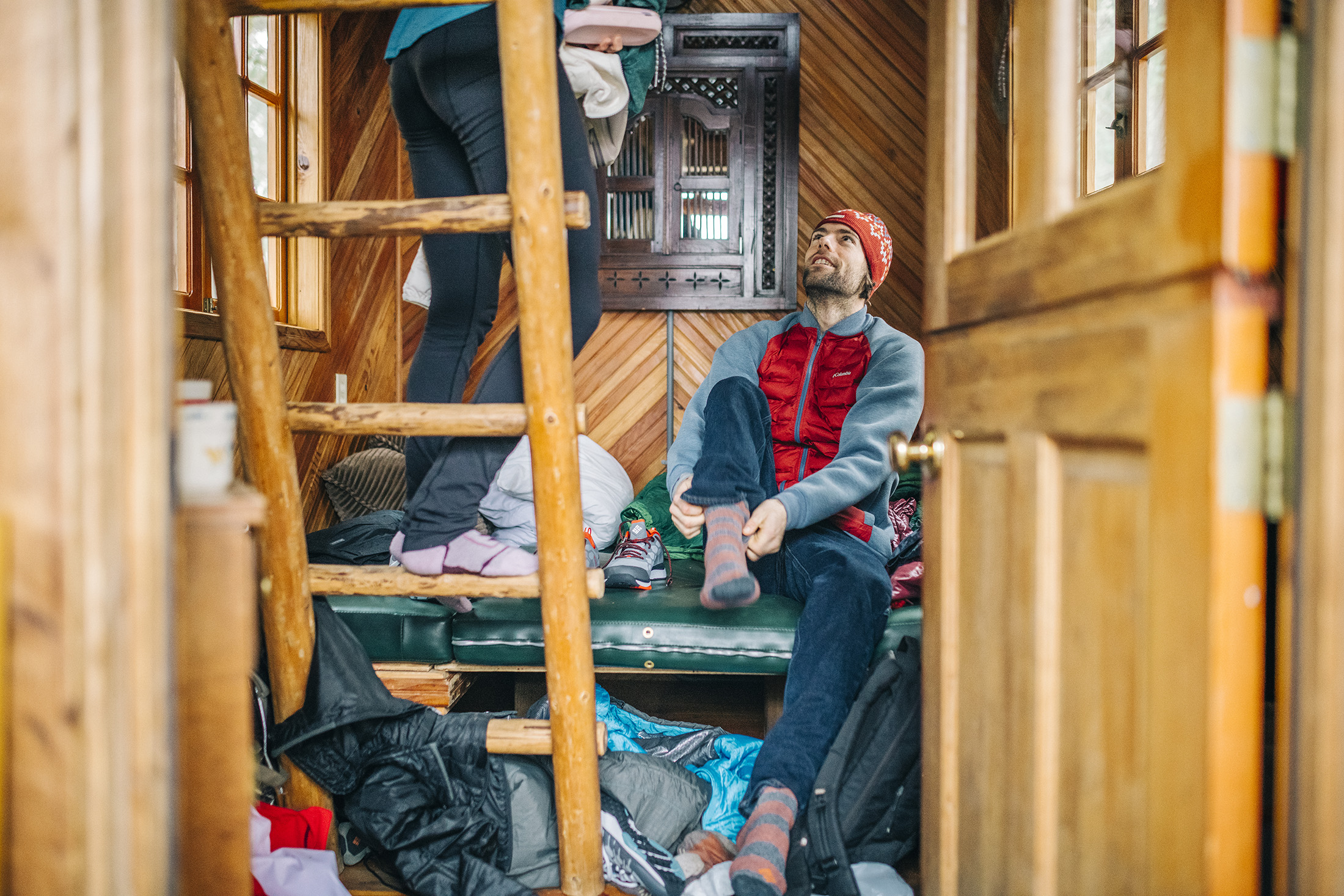
Our bodies and efforts outdoors are all different. But at some point, cold comes to get us somewhere from head to toe. Here are some tips you can draw on next time you’re heading out on an adventure in the cold — or in the thick of one.
Head
Focus on exposed skin first.
Expanding on the old adage that 70 percent of heat escapes from your head, it’s most important to cover any exposed skin. But don’t focus on the hat too much. You can use a balaclava (neck-and-neck wrap), gaiter and hat combo, even earmuffs. Just get the most frostbite-prone spots covered fast.
Prevent the hat (or helmet) gap.
That hole, however tiny, between your shades or goggles and hat or helmet can become a dangerous frozen zone when cold air and snow seeps in. Find some wraparound sunglasses that seal that spot.
And if you’re skiing, make sure your helmet and goggles align well to avoid the dreaded “gaper gap.”
Below zero, opt for well-fitting goggles rather than sunglasses to prevent fog. Some skiers use sunglasses while huffing it uphill, though. So during cold-weather backcountry outings, pack your glasses for the ascents and goggles for descents.
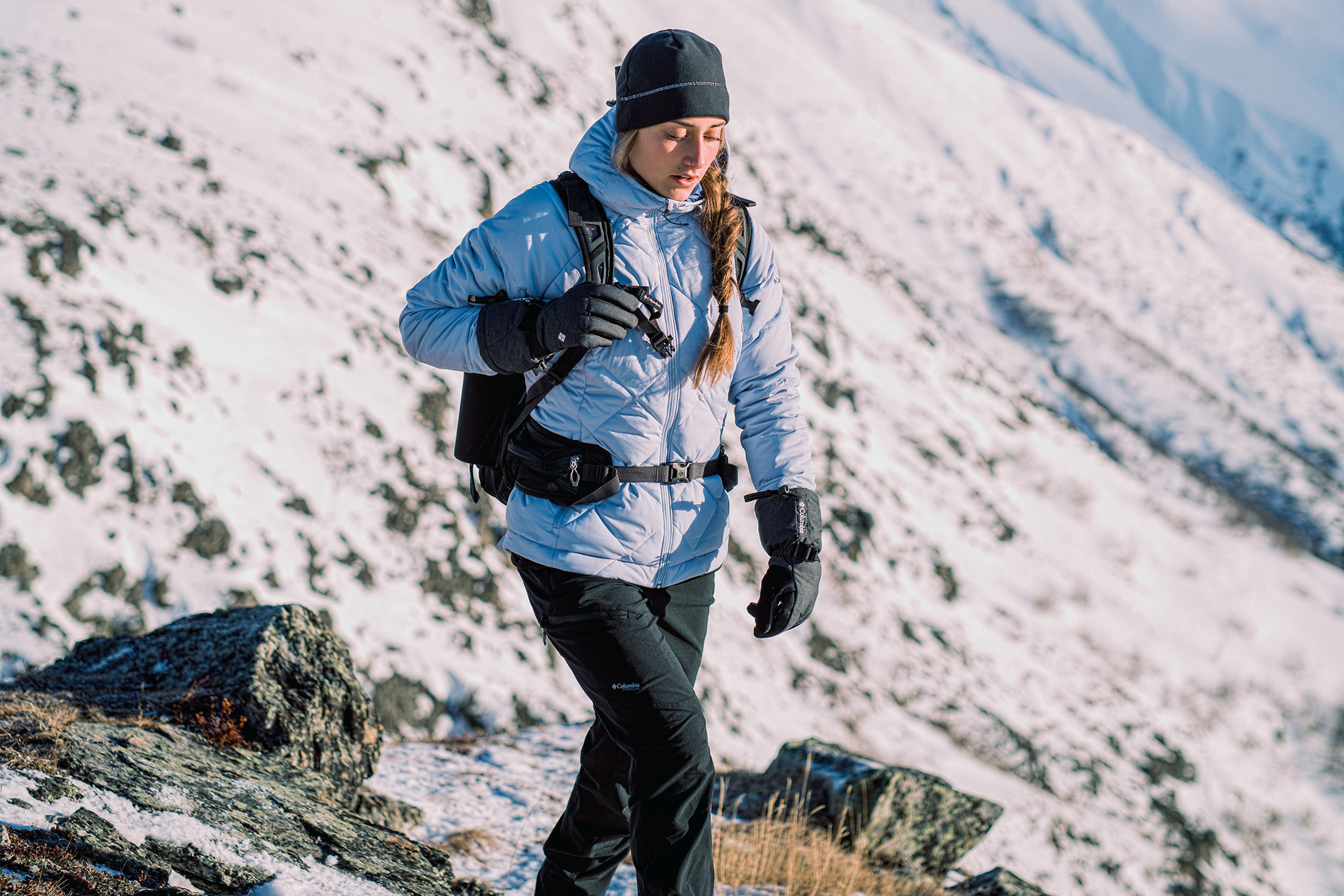
Leverage a good hood.
The right hood can trap heat in a bubble in front of your face. This oddly comforting halo effect can come in handy as a temporary warmup. That said, do not cover your mouth.
A cardinal rule in the cold: Breathing through fabric doesn’t work as well as you think. Winter runners often practice breathing through their noses before their mouths. This inhalation style can warm up the air in the nostril first and cut the harshness of cold air hitting the lungs directly.
Core
Stop wetness — inside and out.
One of the biggest factors in keeping warm is staying dry. It’s just plain harder for your body to recover in the cold when it’s soaked. Plus, your apparel’s insulation won’t work as well when wet.
But, remember, more layers don’t always equal more warmth. Sweat, which can end up freezing you from the inside out, is the enemy in the cold.
Dial in your base layering.
A primary base layer should be snug but not constricting. Because a base layer is directly against the skin, it needs to function as an extension of the epidermis, not a skinsuit.
But no cotton layers! Once wet, cotton retains moisture and sucks the warmth from your body. Nothing compares to wool’s insulating qualities when wet or dry.

Vent to regulate body heat.
Prevent the dreaded moisture buildup by wearing multiple layers that can be opened up to clear out vapor before you get wet (and cold). Use those pit and pant zips to actively manage moisture and body heat.
This will keep your core temperature more consistent and sweat to a minimum. A waterproof-breathable winter shell will also help by repelling precipitation from the outside while also letting body heat escape from the inside.
Hands & Feet
Don’t cheat your extremities.
Most people think to protect their heads and core in the cold. But frozen or exposed hands and feet can lead to just as much damage. Your body knows to work to keep core temp up, even when your hands get cold. So help out by adding an extra or better layer to extremities to warm the blood going to hands and feet.
Find a well-fitting sock.
Particularly in the cold, a sock that’s too tight could restrict blood flow or cause feet to sweat excessively. But one that’s too loose could lead to chafing.
If you feel like your toes are getting cold, add another layer or swap for dry socks. If you’re going overnight, keep one for the day and another for the night. On that note: Bring an extra pair. They don’t take up much space.
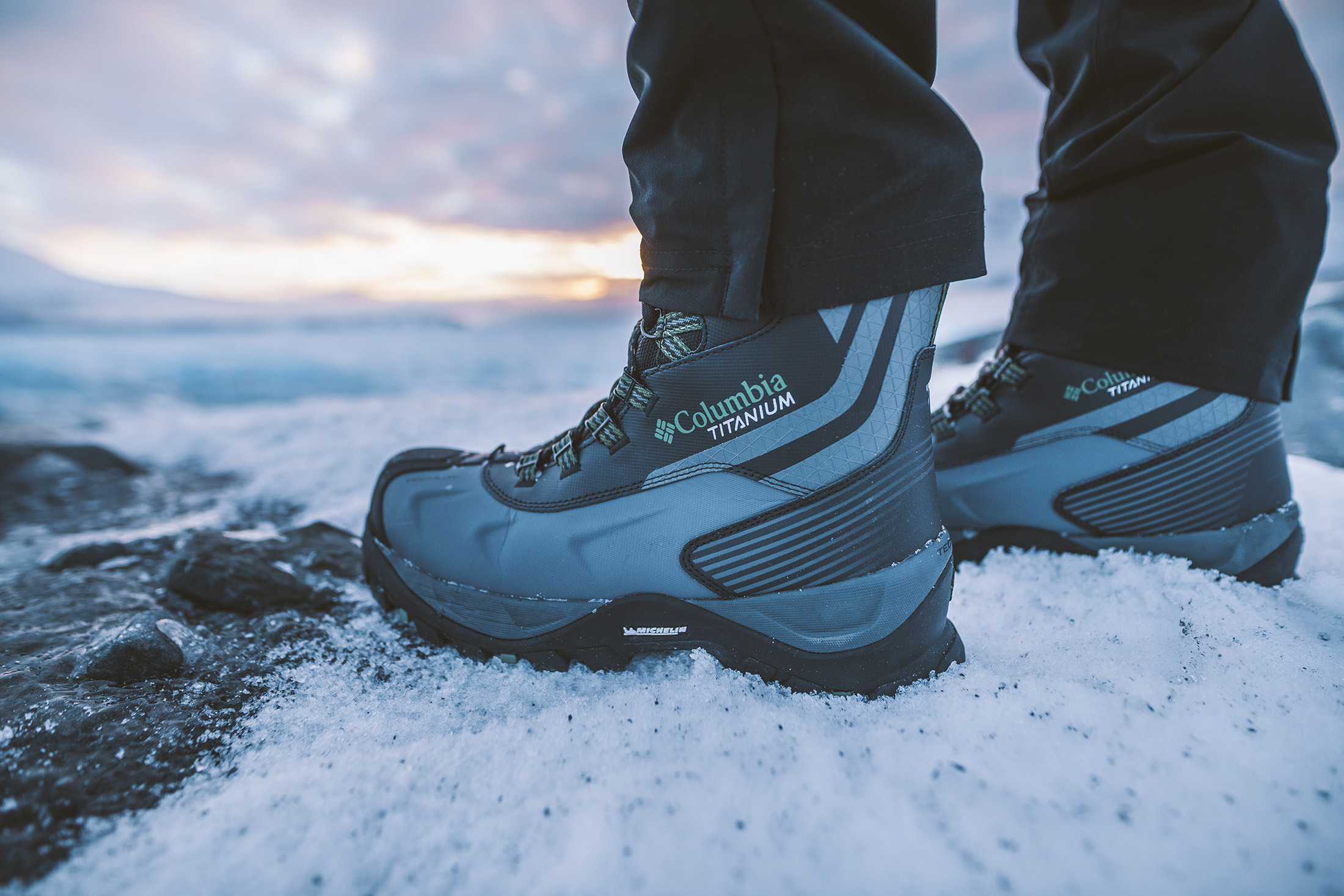
Commit to the mitten.
Unless dexterity is paramount, default to mittens when it’s below 20 degrees. Your fingers are happier (warmer) together than apart.
But, remember, even on high-end mittens, water- and wind-proofing technology breaks down over time and tiny fissures can let in cold. So don’t count on your favorite decade-old gloves or mittens to provide the same kind of protection they did on day one.
This article is sponsored by Columbia. Find your favorite winter jacket right here.





